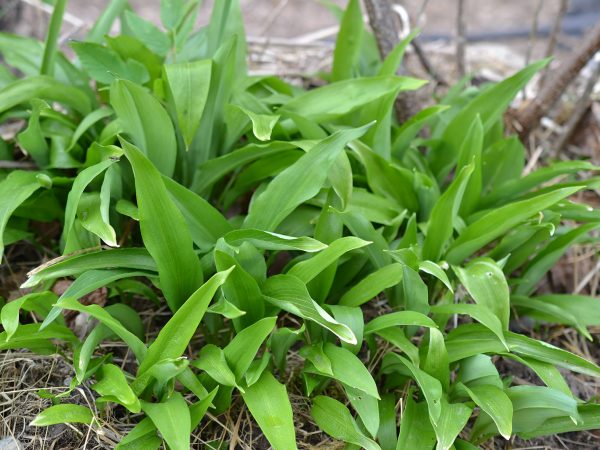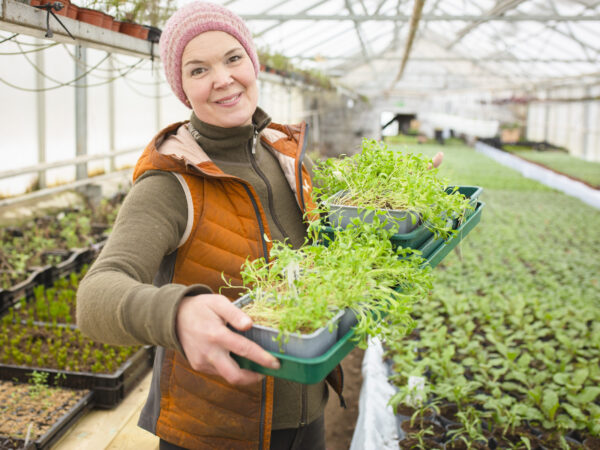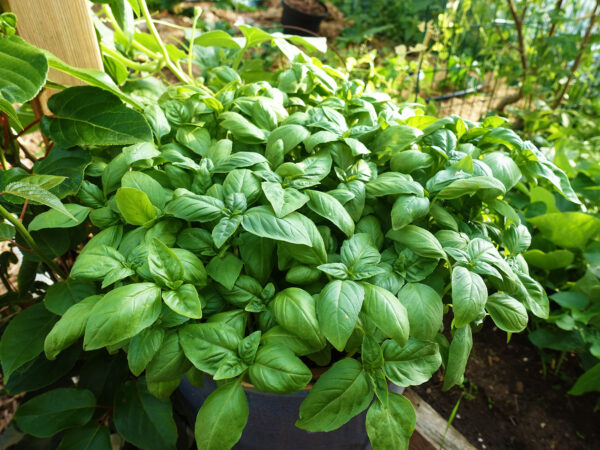How to Plant Spring Vegetables
Which spring vegetables can you plant in the beds outside when it's still cold at night? And which ones should you avoid? Here are some of my best tips and suggestions.
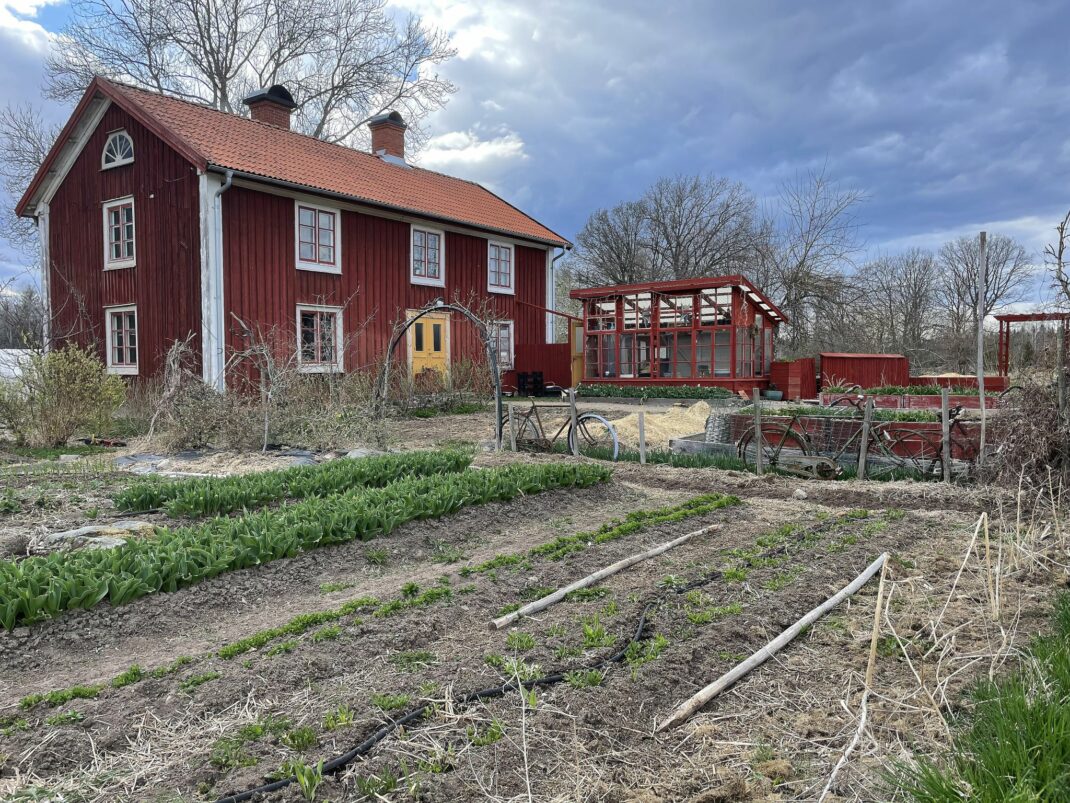
It's been cold so far, but I have hope for my spring vegetables I plan to transplant outside soon!
Almost every gardener I meet in spring wants to talk about timing. Timing of what? Well, when it's time to plant spring vegetables and flowers in the beds outside. Some start far too early with the wrong varieties, others wait too long to transplant seedlings that tolerate a bit of cold.
Read more: Growing vegetables indoors - what temperature?
Check the forecast!
My spring gardening is mainly guided by the nighttime temperature. There's no point trying to stick to a certain date or time period, because the temperature will decide in the end. Delicate plants that can't stand the cold don't care if the month is right - a frosty night can ruin everything. That's why you need to keep a close eye on the weather forecast.
I live in Sweden in northern Europe, and the temperature will drop to around 33-42 degrees (1-6 degrees Celsius) during the nights in the coming week. This gives me some idea about what I can transplant, and what needs to wait. From experience, I know that my area can get even colder than what the forecast predicts. The only thing I know for certain is that if I start transplanting now, I'm more or less guaranteed to encounter bad luck and probably lose some plants. So, I'm going to keep my cool and hold off on transplanting the most cold-sensitive plants to my beds outside.
Read more: Growing pea shoots in pots
Here are a few examples of vegetables that I don't transplant outside when the nights are still cold:
- tomato
- cucumber
- squash
- pumpkin
- peppers
- beans
- corn
- beets
- chard
- leek
- artichoke
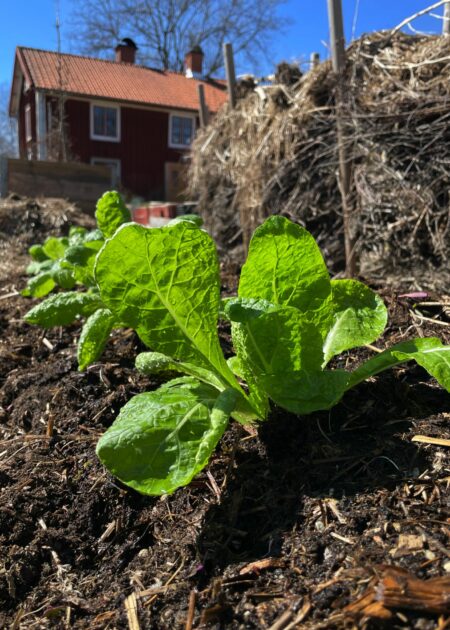
Photo: Sara Bäckmo
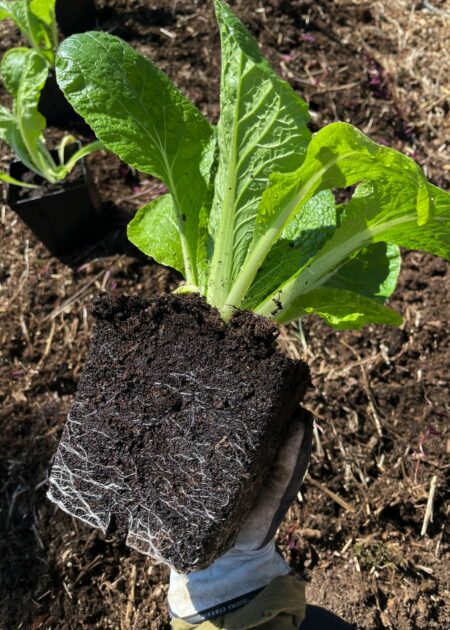
Photo: Sara Bäckmo
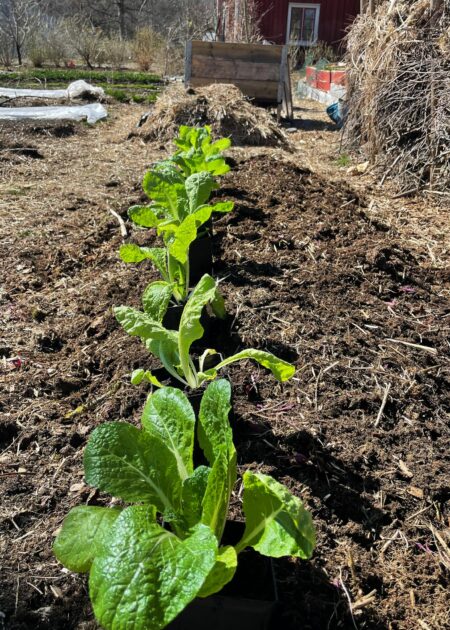
Photo: Sara Bäckmo
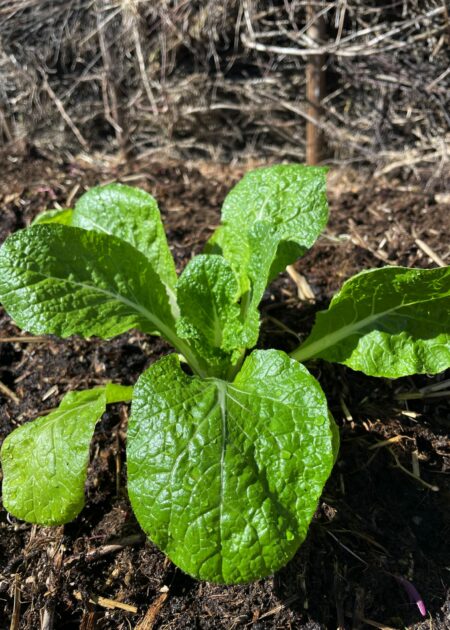
Photo: Sara Bäckmo
Hardy spring vegetables
Fortunately, there are plenty of lovely spring vegetables that can handle cooler weather just fine. You can plant several of them even when there's still a risk of frost. Just remember to use row cover to protect your new little seedlings, if needed. I have to remind myself that the temperature dropped to 18 degrees (-8 degrees Celsius) in May last year! So, even the hardier spring vegetables suffer if it were to get that cold again.
Another thing to keep in mind is that the veggies we plant early often have shorter development times. We have the time to sow again if they happen to freeze! Don't transplant spring vegetables that were started in January or February. You won't have the time to sow them again if a batch fails.
Here are a few spring vegetables that you can transplant outside even in colder temperatures:
- lettuce
- napa cabbage
- dill
- parsley
- arugula
- turnip
- radish
- peas
- shallot
- chives
- broccoli
- black kale
- kale
- cabbage heads
- potatoes
Read more: How to grow fava beans
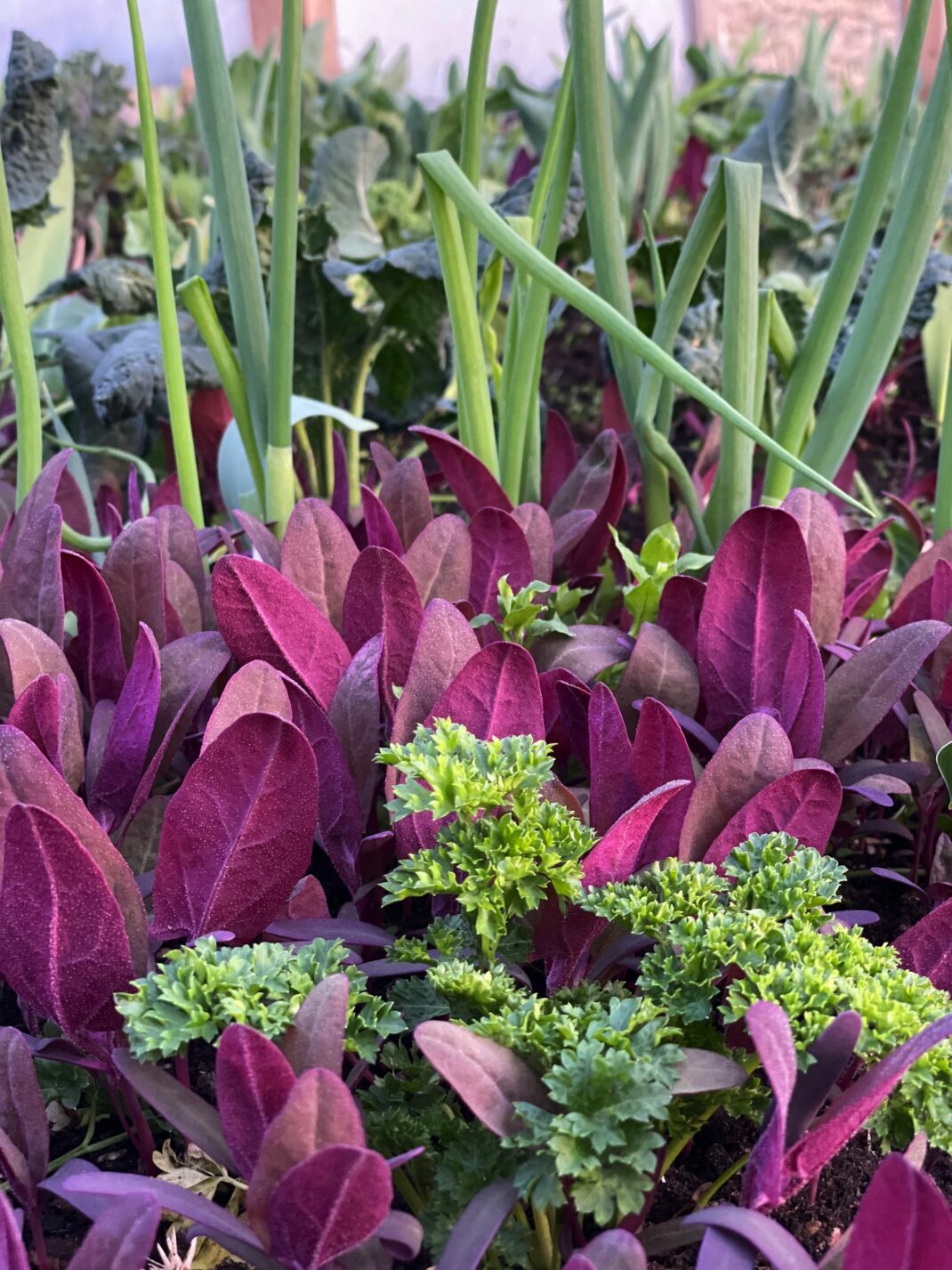
Hardy vegetables can be sown in the fall and overwinter outdoors or even sown in winter for a spring harvest. Parsley, spinach, onions, and cabbage in my polytunnel in April.
Sowing spring vegetables
In addition to transplanting seedlings to the garden, there are plenty of options if you want to direct-sow spring vegetables, even if the temperature drops. Remember that the soil warms up nicely now with every warm day. The ground becomes a reservoir of heat. It's only the most delicate seeds that shouldn't be sown outdoors with fluctuating temperatures, such as beans (like snap beans, wax beans, lima beans), cucurbits, and corn.
You can sow these seeds in spring, even when there's a possibility of frost at nights:
- lettuce
- peas
- beets
- chard
- scallion
- dill
- parsley
- all cabbage varieties
- fava beans
- carrots
- parsnip
- black salsify
- salsify
- radish
You can also plant onion sets, but it's best to wait until you sense that the nighttime temperatures consistently stay above freezing for at least two weeks ahead. Onions (except shallots) shouldn't be exposed to frost once they've emerged from the ground, because the plants might bolt.
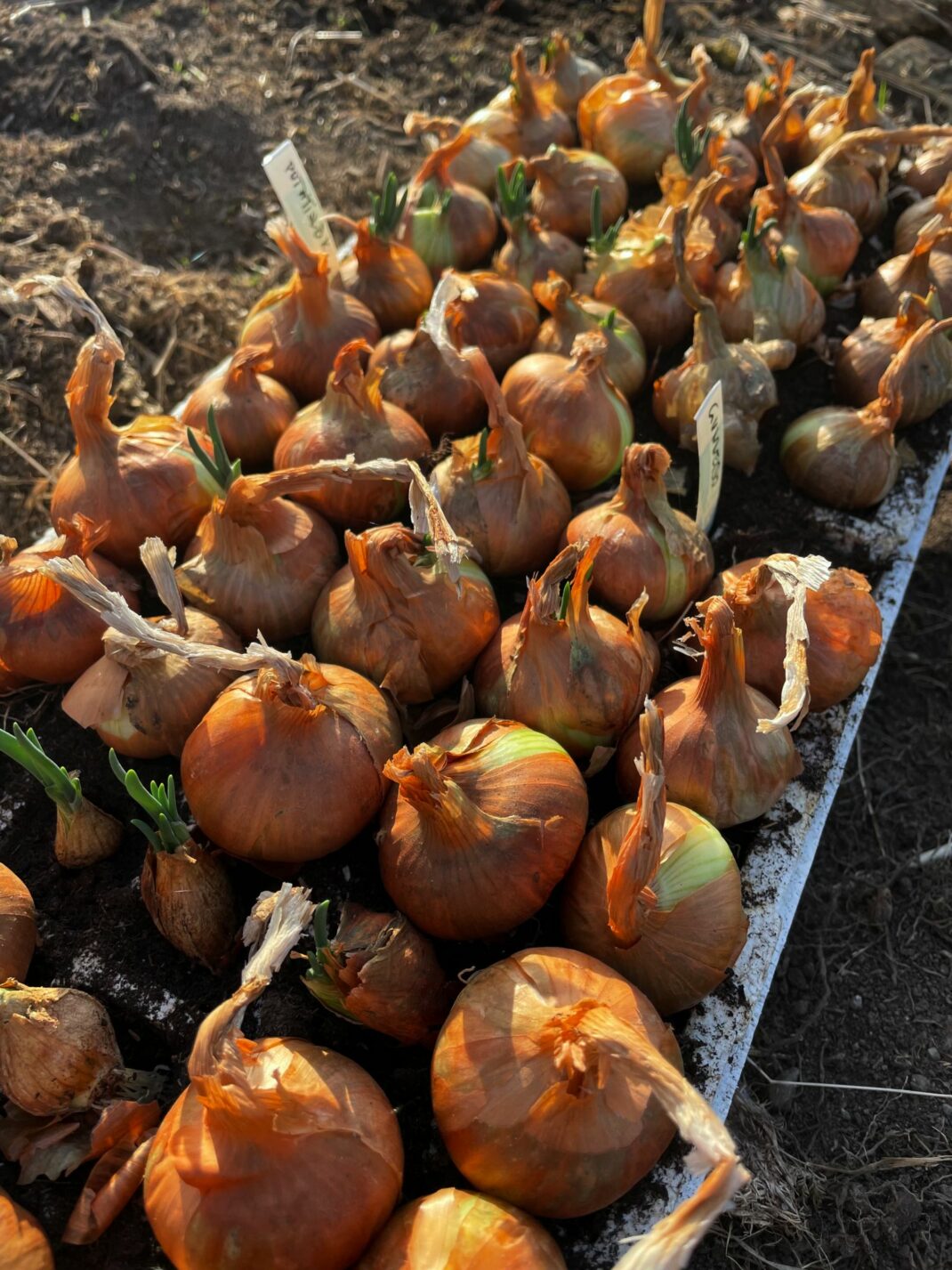
One vegetable that can be transplanted early is potato onion. It belongs to the shallot varieties and is hardier than regular yellow and red onions. I transplanted my potato onions outside on April 23rd last year.
More: Follow me on YouTube here
As you can see, there's plenty to do in the garden - even if spring continues to be chilly. Don't wait too long to transplant outside, and choose your plants wisely! If you hold onto them for too long, there's a significant risk that your harvest will be very late. Many plants are hardier than you might think, so caution is important but you shouldn't let it stop you completely.
I want to mention that the lists of spring vegetables above are designed to be more or less foolproof. Most gardeners just wing it. Many transplant veggies that prefer warmer soil, but then take special precautions to protect those particular plants. It is however difficult to shield every plant from harsh nighttime temperatures, so make sure to choose your plants, locations and protections carefully so that you don't lose the most important crops of the season to the cold.
Good luck with your spring vegetables!
/Sara at Skillnaden's
12. April 2024
